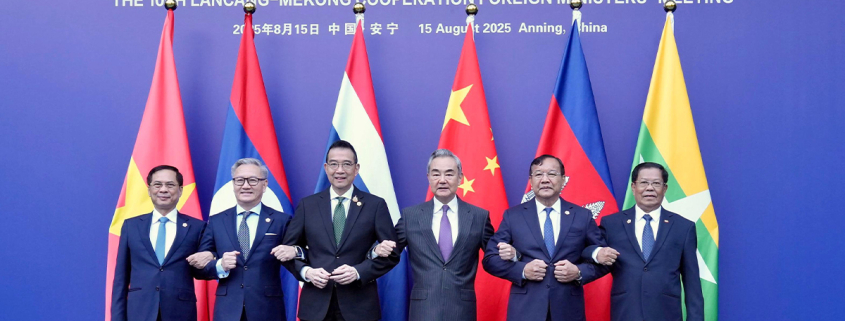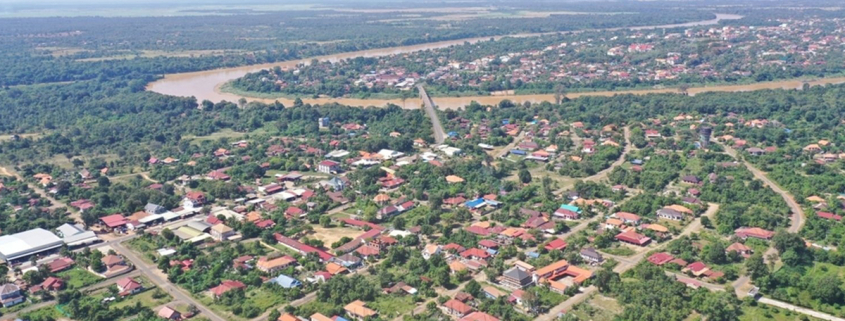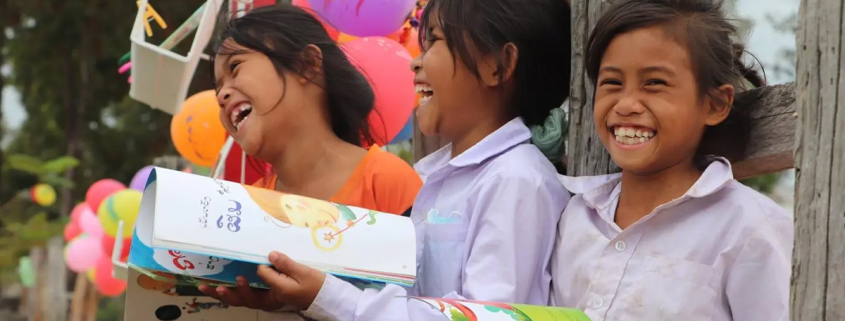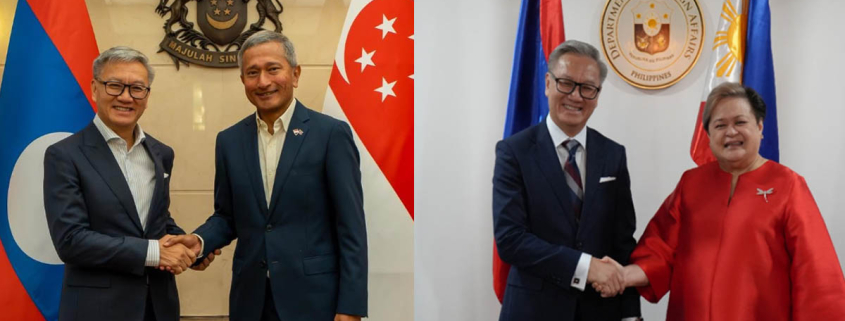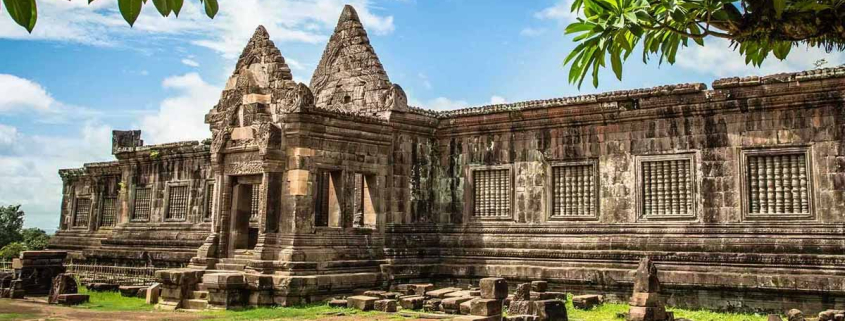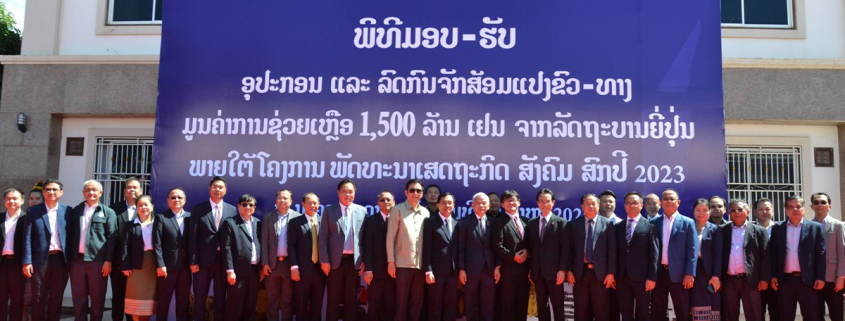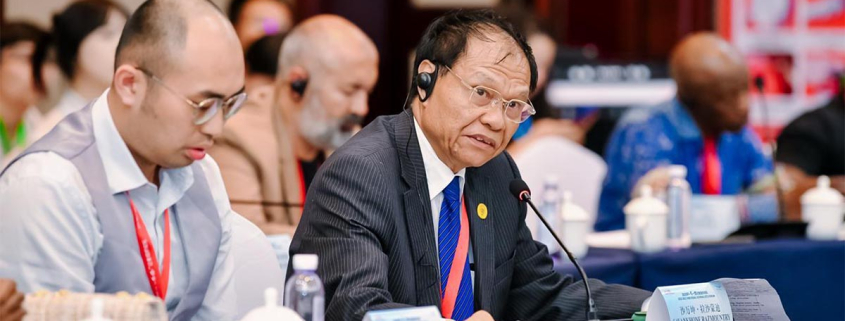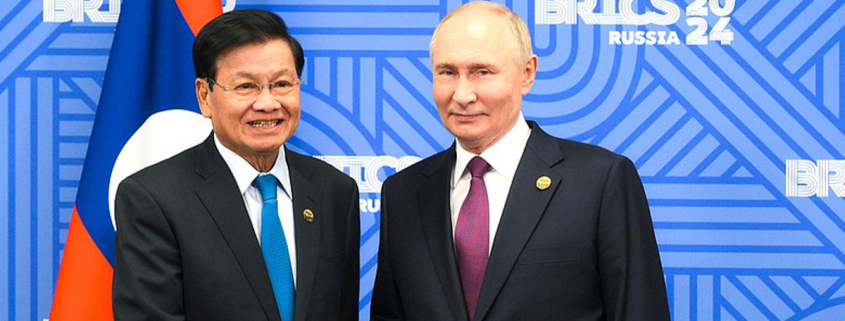Lao Foreign Minister Thongsavanh Phomvihane has called for deeper Mekong cooperation to strengthen digital growth, clean energy, and water resource management to improve the lives of people across the region.
Thongsavanh made his remark on 15 August at the 10th Lancang-Mekong Cooperation (LMC) Foreign Ministers’ Meeting in Anning, Yunnan Province, China.
There, he stressed the need for forward-looking collaboration that delivers tangible benefits to the region’s people.
The official urged member states to prioritize resilient economies, digital transformation, sustainable water management, human resource development, and responses to emerging security challenges, while highlighting agriculture, clean energy, and tourism as key growth sectors.
Thongsavanh also praised the LMC’s achievements over the past nine years, noting that the LMC Special Fund, established in 2017, has already financed more than 100 projects in Laos worth over USD 26 million.
The meeting, co-chaired by China and Thailand, reviewed progress under the LMC’s three pillars, including Political-Security, Sustainable Development, and Social-Cultural Exchange, and five priority areas: connectivity, water resource management, agriculture and poverty reduction, cross-border trade, and production capacity.
Laos Reaffirms Support for Myanmar Peace, Regional Security
On the same day, the Lao foreign minister joined a special meeting with China, Thailand, and Myanmar to discuss regional security and the evolving situation in Myanmar.
He reaffirmed Laos’ support for a “Myanmar-led, Myanmar-owned” political process, stressing that stability there is vital for regional peace and development.
In addition, the ministers reviewed Myanmar’s situation since the military takeover in 2021, including plans for a general election in late 2025 or early 2026. They pledged closer cooperation to combat transnational crimes, including drug trafficking, human trafficking.

